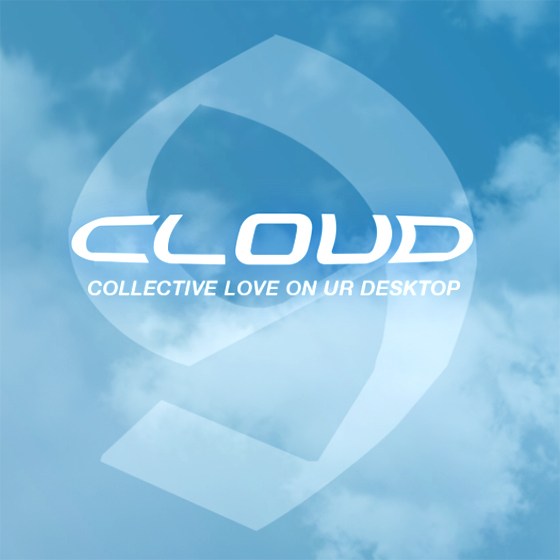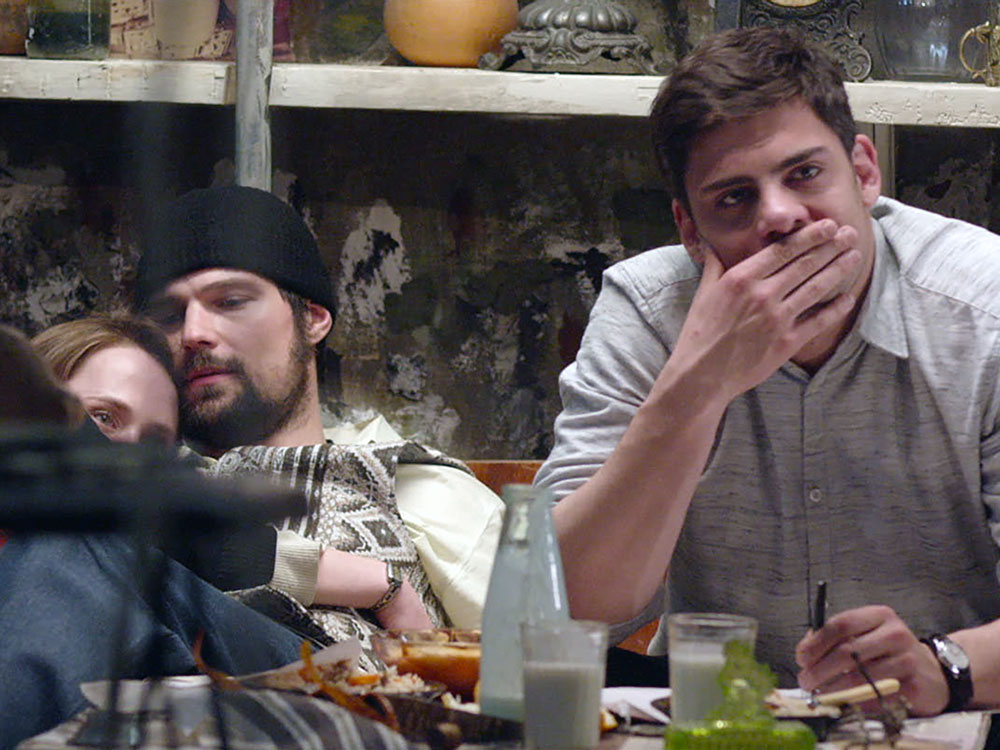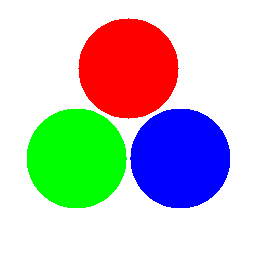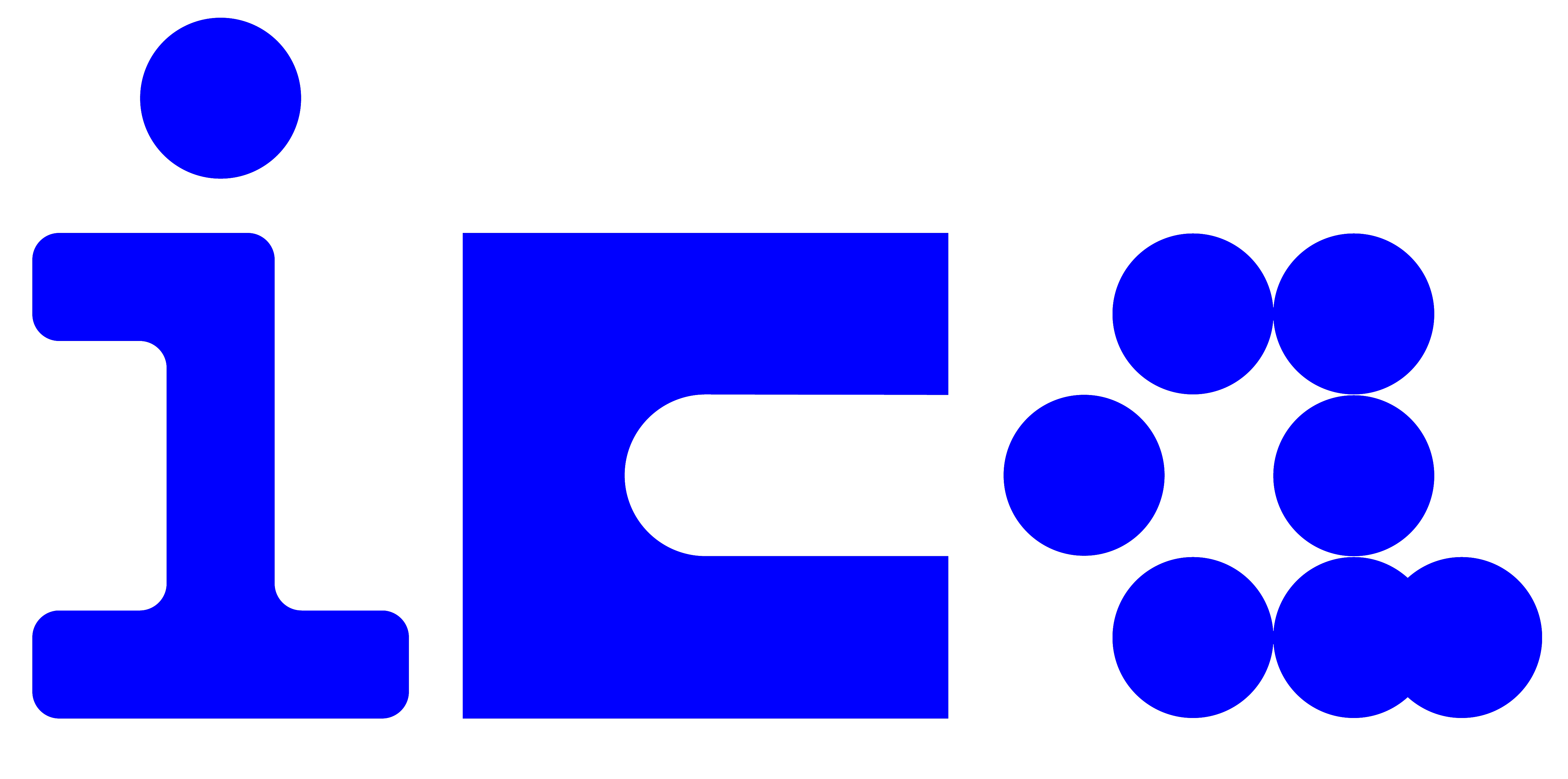The ICA will be on general strike on Fri 20 Oct. Read more
Today’s ICA Daily is guest edited by Keiken. Keiken, which means ‘experience’ in Japanese, is a cross-dimensional collective based in London and Berlin founded in 2015 by artists Tanya Cruz, Hana Omori and Isabel Ramos. Last November, Keiken took part in Image Behaviour, our annual convening dedicated to experiments in artists’ moving image. Their advocacy for ‘collaboration as practice’ continually expands on a network between individuals around the world. Here Keiken offer a toolkit for shaping possible futures and 'ways of being’ that encompass collectiveness and care.
Gather Tool
In January we were invited by our friend, artist Gillian Wylde, to run a four-day seminar with her students in Helsinki. In preparation she sent us Ursula K. Le Guin’s essay The Carrier Bag Theory of Fiction (1986) and proposed that we bring along our own digital carrier bag. Le Guin mostly wrote science fiction novels, but in this essay she questions our understanding of early technology, arguing that the first tool was in fact not a spear, a weapon of violence and competition, but actually a vessel – a ‘carrier bag’. ‘Before the tool that forces energy outward, we made the tool that brings energy home.’ Let’s rethink humanity and technology, let’s think about a carrier bag that we can collectively nurture and gather what we need for our present and future.
Rope and Stick Tool
The ‘Carrier Bag Theory’ is similar to surrealist writer Kobo Abe’s ‘Rope and Stick’ concept, which is also the basis of ‘Death Stranding’, a 2019 video game by Japanese video game designer Hideo Kojima. The concept is outlined in Abe’s short story Nawa [‘The Rope’], and in his short one act play The Man Who Turned into a Stick (death). Like Le Guin’s theory, the rope and the stick are two of mankind’s oldest tools – the stick to keep the bad away, the rope used to bring things to us. Traditionally in video games, says Kojima, you have a tool to either attack or react with: ‘Most of your tools in action games are sticks. You punch or you shoot or you kick. The communication is always through these sticks.’ The carrier bag, the stick and the rope are fundamental tools we need to survive and therefore evolve. What is your stick, what is your rope, and what is inside your carrier bag?
Data Tool
Many of you have probably been on the worldometer to track the statistics of Covid-19 recently. There are categories constantly updating with realtime data on world population, economics, society, media, water, energy and health. It is one of the only sites we visit regularly that allows the free visualisation of large amounts of data – a tool we use to form our understanding of the world. It reminds us, too, of this short viral Tiktok video that uses rice to demonstrate shows just how rich Jeff Bezos is. The video demonstrates not only wealth disparity, but also how difficult it can be to process big data.
In 2009, the top ten richest billionaires ranged from $18.3 billion to $40 billion.
In 2020, the top ten billionaires range from $54.1 billion to $113 billion.
While data offers us knowledge, we have lost ownership of it. Most of it is given away without us really understanding who is using it and for what purpose, or how we could use that data at a micro-level. How can we reclaim data as a tool that benefits us all?
Nurture Tool
Afrofuturist Octavia E. Butler’s prescient book The Parable of the Sower is a gripping story that feels both familiar and strange. Written in 1993 and set in in 2025, the book is a cautionary dystopian narrative; society has largely collapsed due to climate change, growing wealth inequality and corporate greed. In places it feels like a glimpse of our reality today. America is a place of chaos where racism, violence and political confusion rule, and only the rich and powerful are safe. The story follows the young Lauren Oya Olamina as she witnesses her community fall to pieces. Olamina has been nurturing her own belief system called ‘Earthseed’, and through her micro interactions of nurture, conversation and care, she begins to create a macro fluid energy that stimulates hope, change and progression in the people she encounters. Adrienne Maree Brown describes these micro interactions with macro impacts as an ‘emergent strategy’. We must remember that nurture is a fundamental tool – a quiet and soft yet eternal force. ‘All that you touch You Change. All that you Change Changes you. The only lasting truth Is Change.’
Care Tool
Float and be nurtured by collective love on your desktop by visiting Cloud 9, a collaborative project in the digital clouds from BUFU and China Residencies. It’s a collective space to share strategies, wisdom, sweetness, love and resources, set up to support people during the pandemic: a care tool presented on the world wide web with the initiative of world wide wellbeing. The project has resulted in an unusually inclusive and diverse schedule – almost like a festival, with multiple events happening daily, from tonic and shrub making, to astrology and archetypes of Covid-19, to sexting at the end of the world. The website is an open invitation for anyone to get involved, with easy means to contact the communities and to donate if possible. You can really feel the collective love on your desktop! How can we use technology as a care tool?
Balance Tool
At the beginning of lockdown we imagined everyone stuck at home watching their screens full of films of empty beaches and distant horizons. The sun slowly sets, the sound of waves gently lapping at the shore, the feeling of a hazy equilibrium emitting back from every screen. We went on an online journey to find an artificial space that made us feel balanced and at peace, and from there we became really attached to the chaotic harmony of this one particular video, an excerpt from the movie HUMAN (2015). A wave machine moves an enormous crowd of people in an artificial pool, with each person protected by an inflatable rubber ring – their balance tool. The symbol of the rubber ring that keeps us balanced and afloat seems strangely connected to the current situation. What is your balance tool?
Energy Tool
We love this track Komagome by Khidja Și Balabaș – it is one of our energy tools! The voices in the track were recorded from a tannoy in a train station on a trip to Tokyo.
Independent Ideas need Independent Funding. Support us by subscribing to ICA Red Membership today
To receive the ICA Daily email, sign up here
The ICA is a charity. If you would like to support us during this difficult time, you can make a donation here

Cloud 9 website











no. 236848.